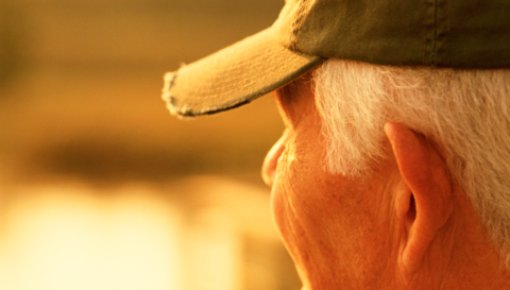I let it slide and didn’t do anything about it
But sleep laboratories weren’t that common then. After I recovered from my heart problems I wasn’t able to go back to my old job so I retrained. But I still hadn’t been to a sleep laboratory, and my sleep apnea still hadn’t been treated. To tell the truth, I let it slide and didn’t do anything about it. I kept on saying ‘I’ll go next week’. The difficult thing about this disorder is that you don’t notice it. You get used to being extremely tired in the morning and needing three cups of coffee to wake up at all. It becomes normal. And you also know that you're going to hit a low at times. So you keep moving during the day to try and avoid it.
When I had my third heart attack, the senior physician who treated me in the hospital was also a sleep specialist. She too talked to me about a possible sleep apnea. As soon as my hospital got a sleep laboratory, I got an appointment there.
During the first night the doctors just took a variety of measurements. First of all they wanted to find out whether I really had sleep apnea. That night I had 400 breathing pauses. That confirmed the suspicion: I have sleep apnea. Pretty bad sleep apnea in fact.
Because of my heart disease, the doctors were a little worried. This is why, the next night, they wanted to observe me in the intensive care unit. That’s where I first used a CPAP machine. It was an absolute nightmare. It was blinking, buzzing and all sorts. There was no way that I thought I was going to be able to sleep with that next to me. When they put the mask on me and pressurized it in the intensive care unit, I thought I was going to suffocate. I had to get used to the different breathing rhythm that is supported by the machine. At first I felt a bit panicked with the breathing mask on. But I was so exhausted that I finally fell asleep. I slept really badly because the mask was quite annoying. But at six o’clock in the morning the night was over and I felt well-rested and fit!


